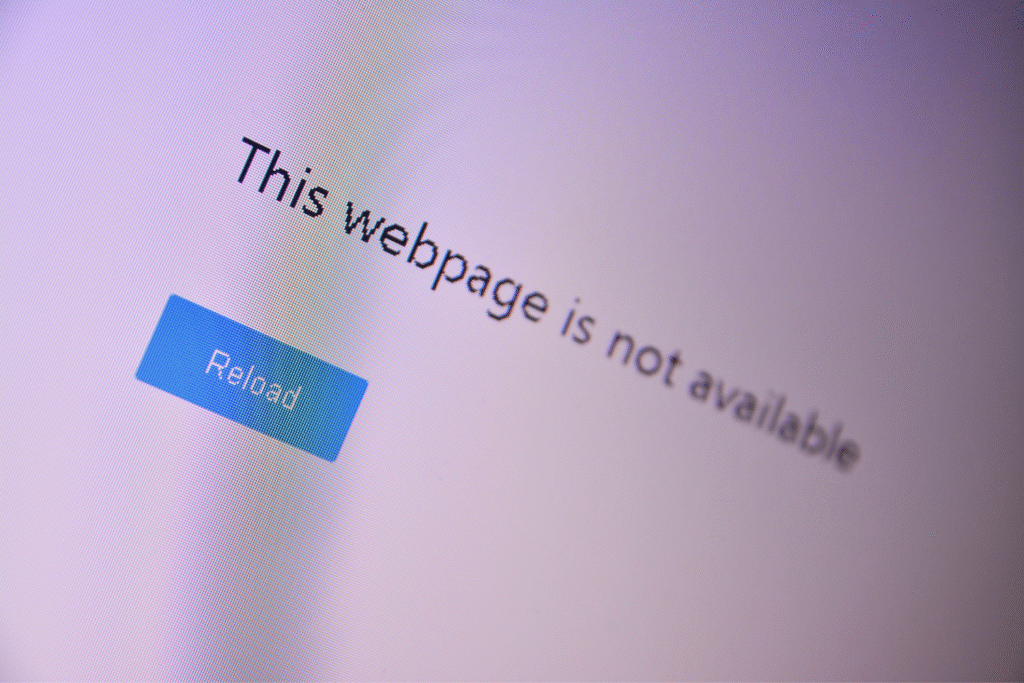Managing a team across the US Philippines time zone difference—often between 12 to 16 hours ahead of the US—can be challenging without a clear system. Meetings scheduled at the wrong local time lead to confusion, missed events, or overworked staff. This guide helps you use the overlap wisely, showing how to plan around multiple time zones, avoid daylight-saving time issues, and make the most of tools like a time zone converter.
Whether you’re trying to schedule a 6:00 PM meeting, track team availability on Tuesday, May 20, or coordinate across time zones using UTC, this article covers the essentials for effective global scheduling.
What’s the Time Difference Between the US and the Philippines?
Before setting up meetings or deadlines, it’s essential to understand the exact time difference between the United States and the Philippines. This gap can change depending on the season and your US time zone.
Current time difference by US time zone (EST to HST)
The Philippines time zone is typically UTC+8, which means it’s always 8 hours ahead of Coordinated Universal Time. The US, however, spans several other time zones. For example, Manila is 13 hours ahead of Eastern Standard Time (EST) when daylight saving time is inactive.
Manila is 14 hours ahead of CST, 15 hours ahead of MST, and 16 hours ahead of PST. Hawaii Standard Time (HST) has the widest gap—18 hours apart from Manila, Philippines. Knowing these differences helps you avoid booking a meeting at 12 hours off your team’s workday.
How daylight saving time affects overlap
When daylight saving time begins in the US, the time difference between the US and the Philippines shortens by one hour. For example, on May 20, if you’re in Eastern Time, your team in Manila will be just 12 hours ahead instead of 13.
This adjustment affects overlap windows, and missing this change can result in showing up an hour late or early for an event. The Philippines does not observe daylight saving time, so the change only occurs on the US side.
Tools to keep track of time zone changes
Keeping track of changing time zones can get tricky, especially during seasonal shifts. These tools can help you stay updated and make accurate conversions without guessing:
- Time Zone Converter: Shows the current local time for multiple cities and calculates differences instantly.
- World Time Buddy: Lets you compare availability across multiple time zones using a drag-and-drop interface.
- Timezone.io: Displays your whole team’s current time on one dashboard.
- Google Calendar: Lets you view events in both your time zone and your team’s, and automatically adjusts for daylight saving.
- Every Time Zone: A visual tool that makes scheduling across time zones easier with real-time updates.

When Is the Best Time for US-Philippines Meetings?
Meeting your team halfway—across the globe—starts with finding time slots that suit both sides. Here’s how to plan meetings that work in both time zones.
Overlap hours that work for each time zone
The best overlap for meetings is during early morning hours in the US and evening hours in the Philippines. For example, 6 00 pm in Manila matches 5:00 am CST or 3:00 am PST. While those hours might seem early, they are the key window where both teams can join live. Depending on your US time zone, a given date—like Tuesday, May 20—can have varying overlap windows. However, 7:00–9:00 PM Manila time generally aligns well with 6:00–8:00 AM US Eastern Time.
Sample schedules for Eastern, Central, Pacific, and Mountain time
These suggested schedules offer a balanced approach to regular check-ins across common US zones and the Philippines time.
| US Time Zone | Manila Time Equivalent | Suggested Meeting Time (US) | Suggested Meeting Time (Manila) |
|---|---|---|---|
| Eastern (EST) | +13 hours | 7:00 AM | 8:00 PM |
| Central (CST) | +14 hours | 6:00 AM | 8:00 PM |
| Mountain (MST) | +15 hours | 5:00 AM | 8:00 PM |
| Pacific (PST) | +16 hours | 4:00 AM | 8:00 PM |
Morning vs. evening meetings: pros and cons
Each option has its benefits depending on team preference and workload. Here’s a quick comparison:
| Time of Day | Pros | Cons |
|---|---|---|
| Morning | US team is fresh and alert; good for setting priorities | Early wake-ups needed; low energy for Philippines team |
| Evening | Philippines team is finishing their workday; time to review progress | Late-night meetings for US team; may affect personal schedules |
How to Build a “Follow the Sun” Workflow
Managing across time zones isn’t just about meetings. It’s also about creating a system that keeps work moving 24/7.
What is follow-the-sun scheduling?
A follow-the-sun workflow means handing off tasks from one team to another across multiple time zones, allowing work to continue even when one side logs off. This setup is ideal for teams split between the US and UTC 8 time zones like the Philippines. It shortens delivery times and boosts efficiency without needing to extend work hours.
Ideal task handoff times for faster project cycles
The best handoff window falls right at the end of the Philippines time workday and the start of the US workday—typically around 7:00–9:00 pm Manila time, which aligns with 6:00–8:00 am EST. That timing lets the Philippine team summarize progress and prepare updates, while the US team starts the day with clear priorities. This routine reduces delays and keeps projects on track, even across the world.
Real-world case study: 24-hour development workflow
One US tech company implemented a follow-the-sun model between California and Manila. The US developers ended their day at 5:00 PM PST and documented the next steps. At 9:00 AM Philippines time, their Manila counterparts picked up the work and continued coding.
Handoffs happened daily at 5:00 PM PST (or 9:00 AM Manila time). This approach helped the team deliver work faster and reduced downtime between shifts, according to internal feedback.
Scheduling Strategies That Respect Both Teams
Scheduling across multiple time zones isn’t just about overlap—it’s about fairness. Respecting your Filipino team’s work hours builds trust, reduces burnout, and supports long-term collaboration.
How to reduce meeting fatigue for your Filipino staff
Since Filipino team members frequently join meetings during late evening hours, it’s important to avoid scheduling too many during this period. To prevent fatigue, prioritize essential topics for live calls and support others through asynchronous communication. Stacking too many meetings during these hours can lead to stress, sleep disruption, and low energy the next day.
Use async updates and shared documents for non-urgent updates. Stick to clear local time scheduling and avoid setting back-to-back calls around 12 hours apart. Respecting your offshore team’s routine helps them stay productive and engaged.
Rotating meetings to share time zone burden
Instead of making the Philippines team adjust every time, rotate meeting times so both sides share the load. For example, alternate weekly meetings between 6 00 pm Manila time and early US mornings like 5:00 am CST. This strategy avoids unfair patterns and makes scheduling feel more balanced.
Use a time zone converter or tools like World Time Buddy to manage changes. Label each event with US and Philippines time zone details so no one gets confused. Fair rotation shows you value every team’s time equally.
How to handle urgent tasks across time zones
Not all tasks can wait for the next day. When something urgent comes up during US hours, your team in the Philippines may already be offline. In those cases, use clear labels like “urgent” in your project tracker and assign tasks with priority tags. Include expected turnaround times in UTC GMT and Philippines time to avoid missed deadlines.
If a response is needed outside work hours, message only through pre-agreed channels like SMS or Viber. This avoids flooding your team with alerts and keeps communication focused when it matters.
Tools to Manage Time Zone Overlap Smoothly
Using the right tools makes staying aligned across the US Philippines time zone easier. These apps help track changes, manage updates, and keep projects moving without delays.
Time zone tracking apps your team should use
It’s easy to lose track of what time it is worldwide, especially during daylight saving time. These apps show you the correct local time and help avoid confusion on days like Tue, May 20, or May 19, when the dates differ between locations.
- Time Zone Converter: Lets you enter any valid time and see its equivalent in another zone.
- World Time Buddy: Great for comparing multiple time zones side by side. It shows color-coded overlap windows.
- Timezone.io: Displays all team members’ current times and locations in one clean dashboard.
- Every Time Zone: A quick, visual timeline helpful when setting up an event or meeting.
How to use shared calendars for global coordination
Shared calendars help everyone stay on the same page. Use Google Calendar or Microsoft Outlook to enable UTC and Philippines time zones. When creating a meeting, add exact hours like 6 00 pm (PHT) and 6:00 am (EST) in the title. Avoid vague terms like “morning” or “afternoon.”
Set recurring meetings with rotating times if needed and color-code based on the region. Shared calendars can help reduce confusion, missed appointments, and time zone-related scheduling issues.
Writing async handoff notes that save hours
When your team works while the other sleeps, detailed async handoff notes keep things moving. Use a structured format that includes: what was done, what’s next, blockers, and questions. Always mention time zones, such as “Next update expected by 8:00 AM Manila time / 8:00 PM Eastern Time.”
Make your notes easy to scan—use bullet points and links to files or task boards. Well-written handoffs can reduce wasted time, limit repeat questions, and improve delivery efficiency across time zones.
Align Your Team Across Time Zones with Less Stress
Using the US Philippines time zone overlap wisely helps your team stay productive without overloading anyone. Instead of focusing only on what time it is in Manila, Philippines, or Central Standard Time, smart scheduling means planning around people.
With the right tools, shared calendars, and async systems, your team can work across multiple time zones while staying on track. Aligning schedules this way improves handoffs, speeds up delivery, and builds stronger remote collaboration without sacrificing balance.
Frequently Asked Questions
How many hours ahead is the Philippines from the US?
The Philippines time is 12 to 16 hours ahead of the US, depending on your time zone and daylight saving time.
What’s the best overlap time for meetings with Filipino teams?
The best overlap is 7:00–9:00 PM in Manila, which matches 6:00–8:00 AM in US Eastern Time.
How can I manage tasks across US and Philippines work hours?
Use async updates, shared task boards, and clear handoff notes tied to each local time.
What tools help coordinate remote teams in different time zones?
Tools like Time Zone Converter, World Time Buddy, and Google Calendar make time difference tracking easier.
How do I avoid burnout when scheduling across global teams?
Rotate meeting times, limit after-hours calls, and respect each team’s regular hours and event boundaries.
References
- International Telecommunication Union. (2023). Coordinated Universal Time: An overview. https://www.itu.int/hub/2023/07/coordinated-universal-time-an-overview/
- National Institute of Standards and Technology. (n.d.). Official U.S. Time. https://www.time.gov/
- Philippine Statistics Authority. (2025).Highlights of the March 2025 Labor Force Survey. https://psa.gov.ph/statistics/labor-force-survey
- Time and Date. (n.d.). Current Local Time in Manila, Philippines. https://www.timeanddate.com/worldclock/philippines/manila
- Time and Date. (n.d.). The World Clock. https://www.timeanddate.com/worldclock/
- U.S. Central Intelligence Agency. (2025). Philippines – The World Factbook. https://www.cia.gov/the-world-factbook/countries/philippines/
- U.S. Department of Transportation. (2022). Daylight Saving Time. https://www.transportation.gov/regulations/daylight-saving-time




